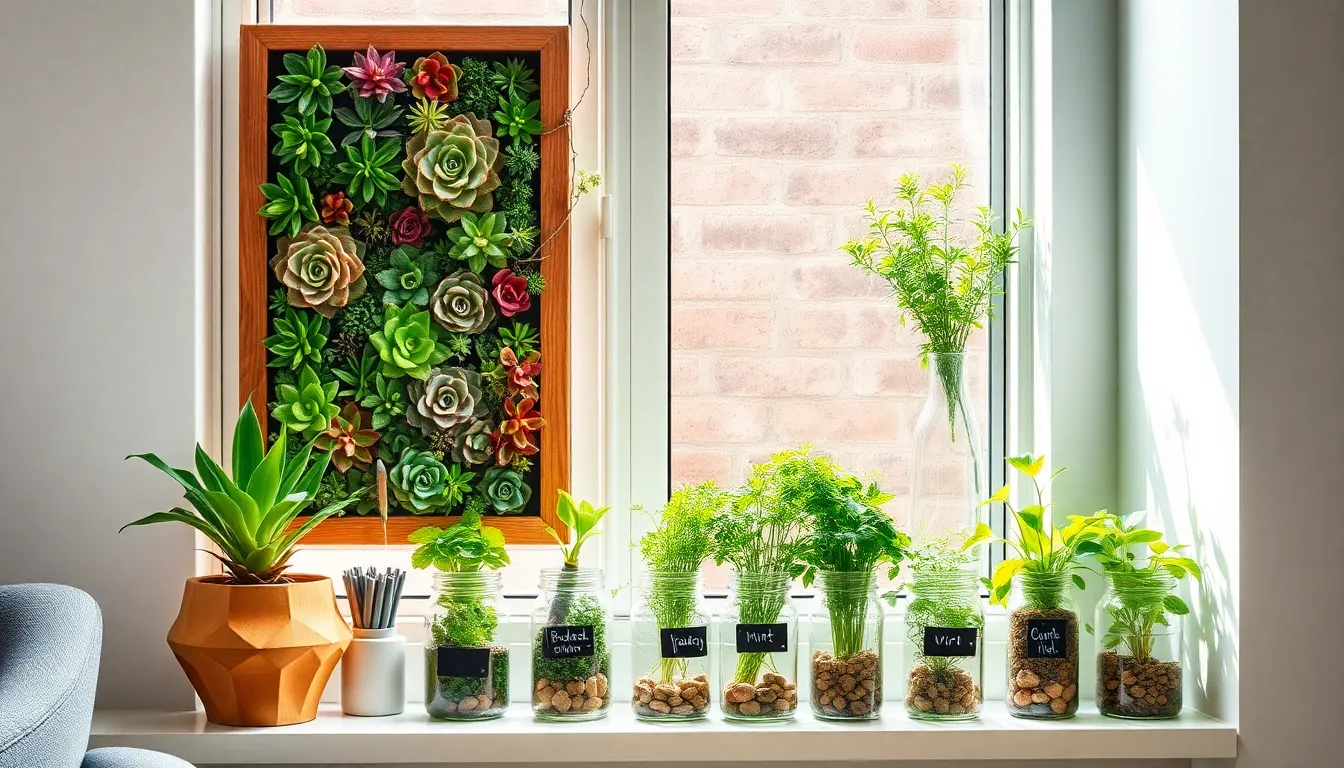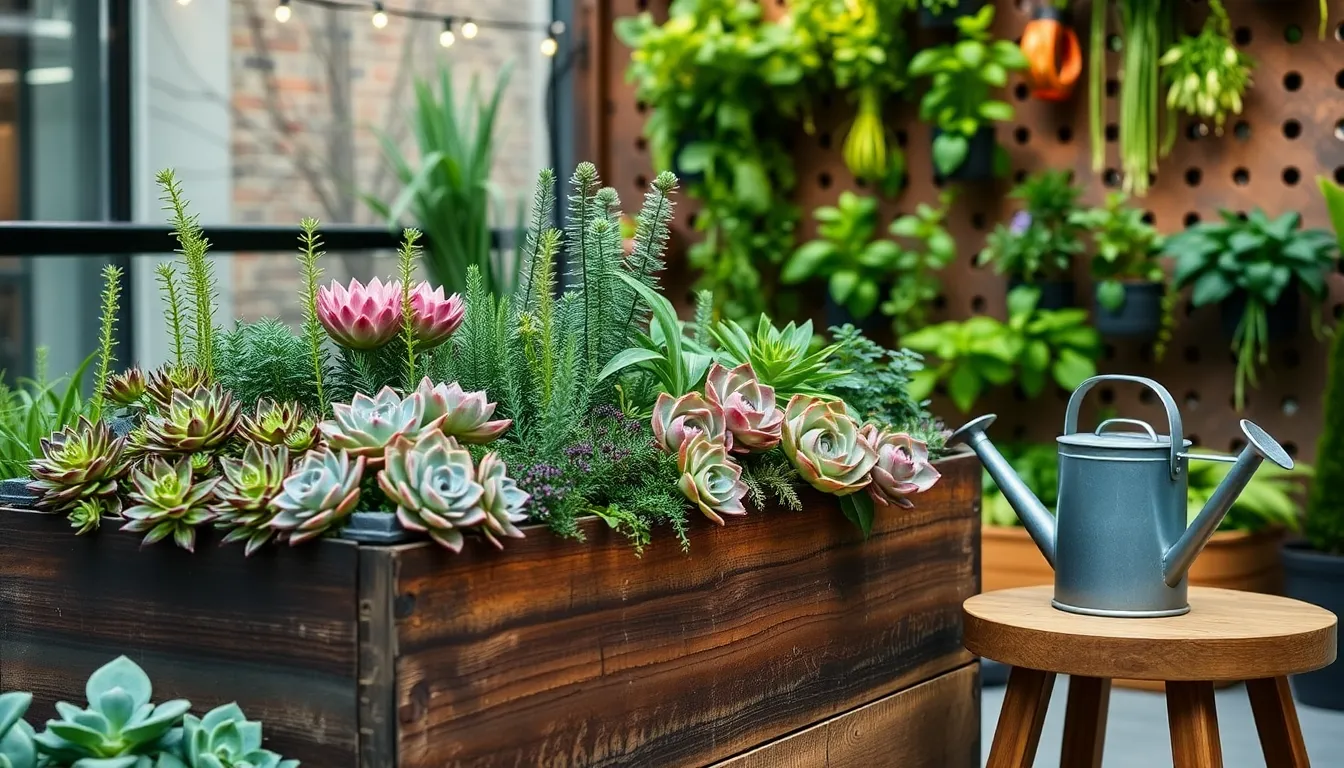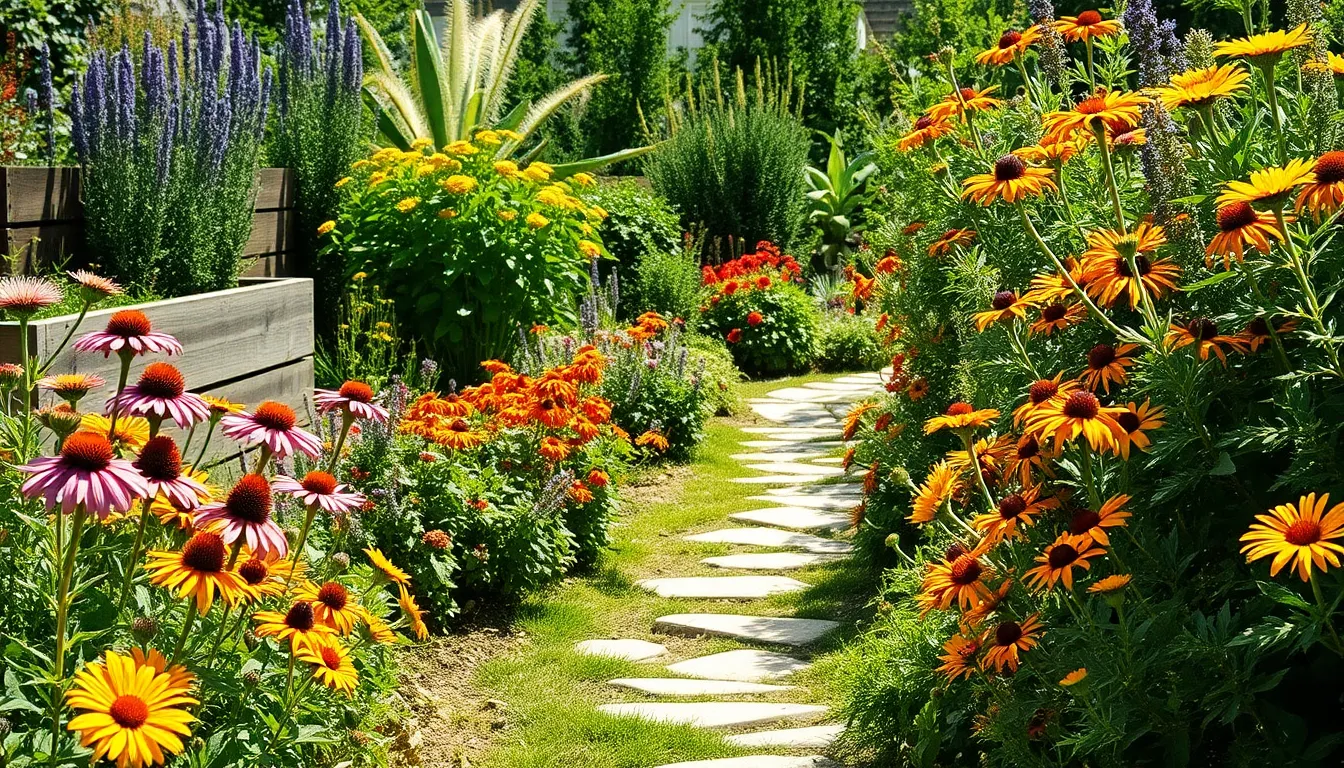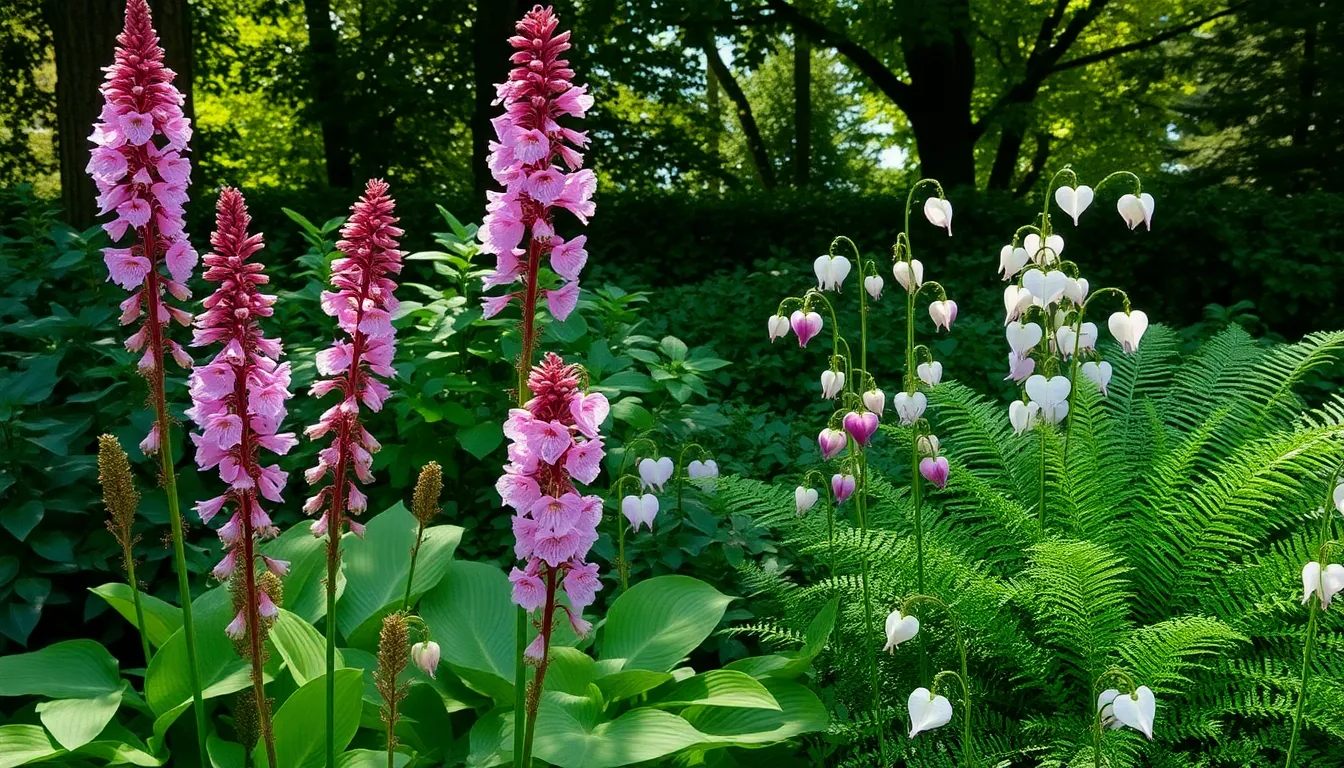In a world that often feels fast-paced and unpredictable, the simple act of nurturing plants at home can offer a profound sense of peace and accomplishment. Whether you’re cultivating a love for gardening or you’re a seasoned plant caretaker, indoor gardening projects provide a unique opportunity to bring nature’s beauty into your everyday life. By transforming your living space into a lush, green haven, you not only enhance your home’s aesthetic but also contribute to a healthier environment for you and your loved ones.
With the rise of urban living and limited outdoor space, indoor gardening has become an increasingly popular and practical pursuit. This article is your guide to seven innovative indoor gardening projects that promise to inspire creativity and bring tranquility to your home. From creating a mini herb garden on your kitchen windowsill to designing a stunning vertical garden in your living room, these projects cater to both novices and experts alike. You’ll discover practical tips and techniques that will empower you to cultivate thriving indoor plants, regardless of your current skill level.
Embarking on these smart indoor gardening projects is not just about beautifying your space; it’s about fostering a connection with nature that can enrich your daily routine. As you explore these engaging projects, you’ll gain valuable insights into plant care and design principles that can transform any corner of your home into a vibrant oasis. Whether you’re seeking a new hobby to unwind or a way to enhance your home’s ambiance, these projects offer a rewarding experience that nurtures both plants and the soul. Let’s embark on this green journey together and unlock the potential of indoor gardening.
Choosing the Perfect Indoor Plants
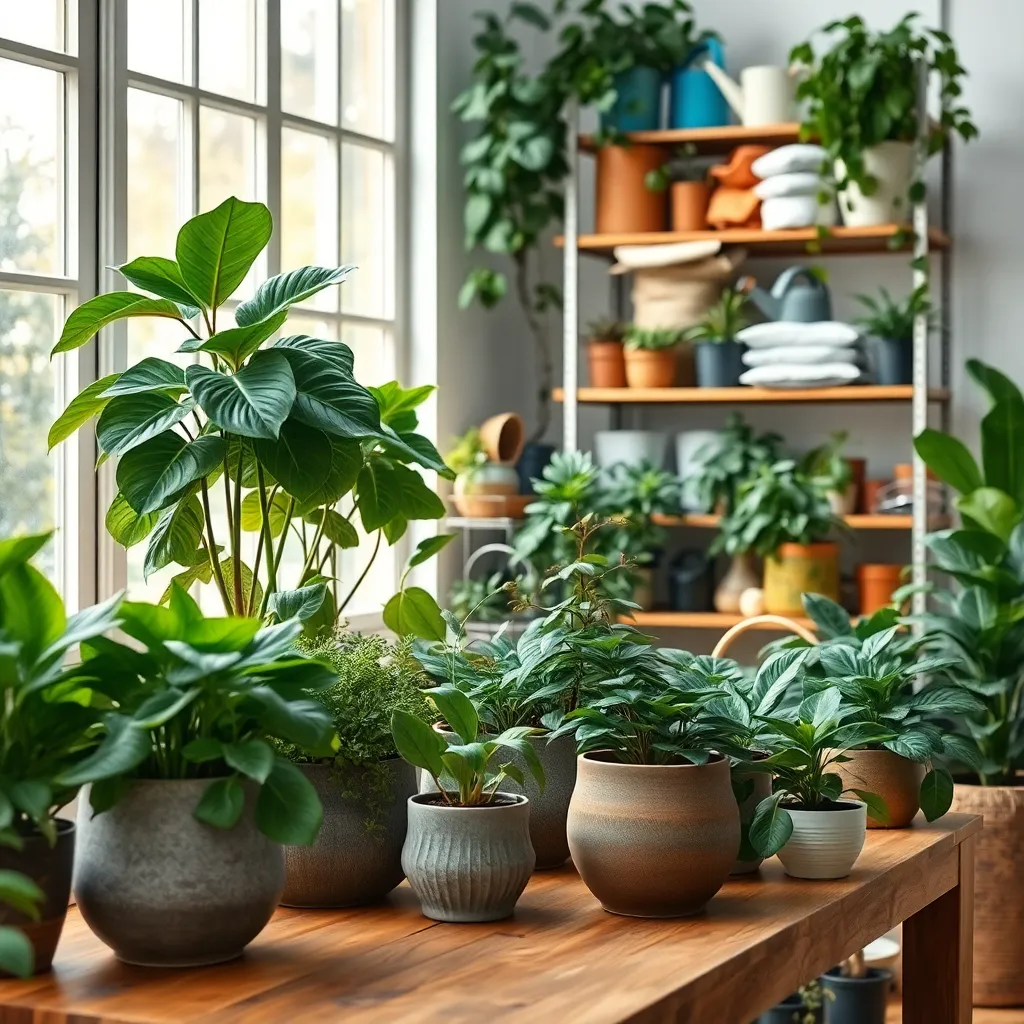
When selecting indoor plants, it’s crucial to consider the amount of light available in your home. Low-light plants such as snake plants and pothos thrive in dim corners, while bright, sunny spots are perfect for succulents and cacti.
Beginners should start with hardy plants that can withstand a bit of neglect. Plants like ZZ plants and peace lilies are forgiving of occasional missed waterings and are incredibly easy to care for.
For those ready to take on a bit more of a challenge, try your hand at growing a fiddle leaf fig. This popular plant requires bright, indirect light and consistent watering, ensuring the soil is kept slightly moist but never soggy.
Regardless of your experience level, always use the right type of potting mix for your plants. Plants such as orchids need a special bark-based mix, while ferns prefer a soil blend that retains moisture.
Creating a DIY Herb Garden
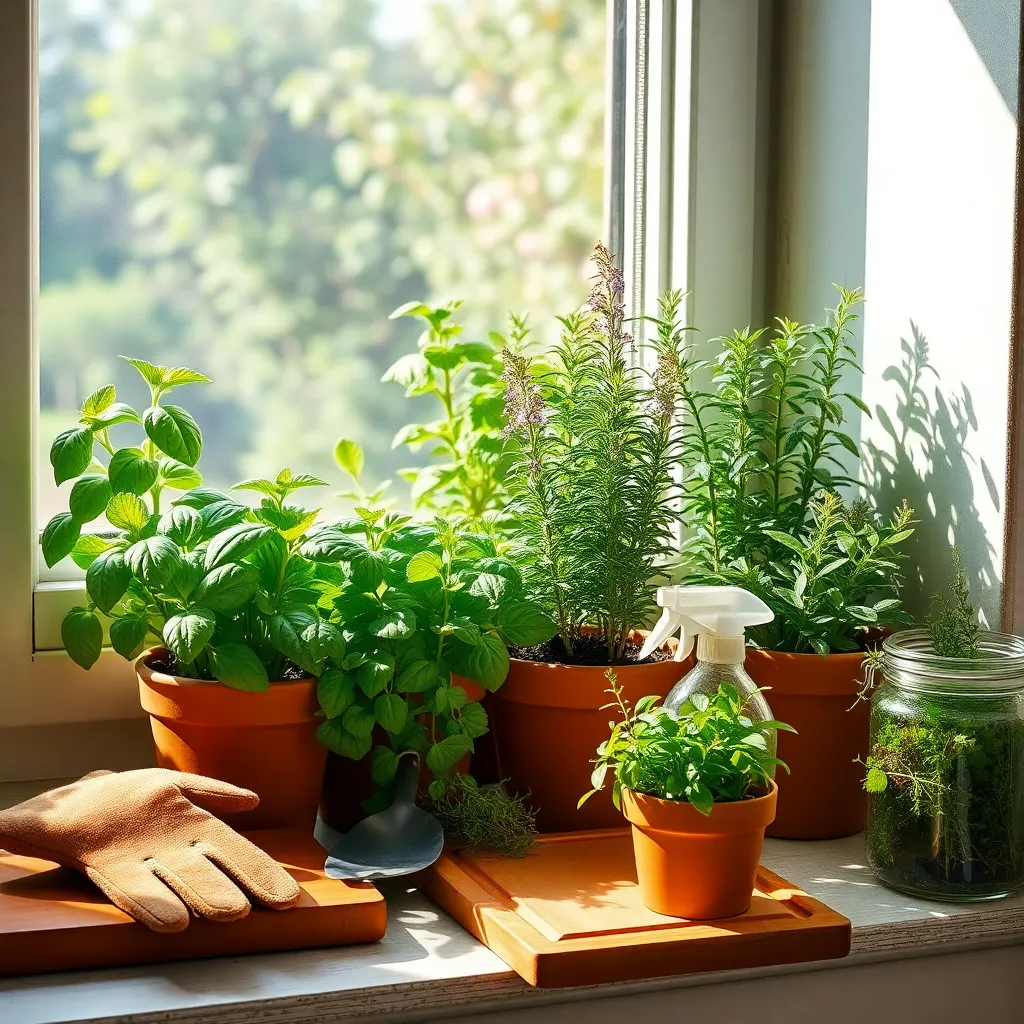
Starting a DIY herb garden indoors is a rewarding project that allows you to have fresh herbs at your fingertips. Begin by choosing easy-to-grow herbs such as basil, mint, and parsley, which thrive indoors with minimal effort.
Place your herb garden in a sunny spot, as most herbs require at least six hours of sunlight each day. If natural light is limited, consider using a full-spectrum LED grow light to supplement their needs.
Use a well-draining potting mix to ensure your herbs have the best chance to thrive. Avoid garden soil, which can compact in containers and hinder root growth.
Water your herbs regularly, but be cautious not to overwater. A good rule of thumb is to water when the top inch of soil feels dry to the touch.
For more advanced care, consider pinching off the tips of your herbs to encourage bushier growth. This simple technique not only enhances the health of your plants but also provides you with more leaves for your culinary creations.
Designing a Vertical Wall Garden
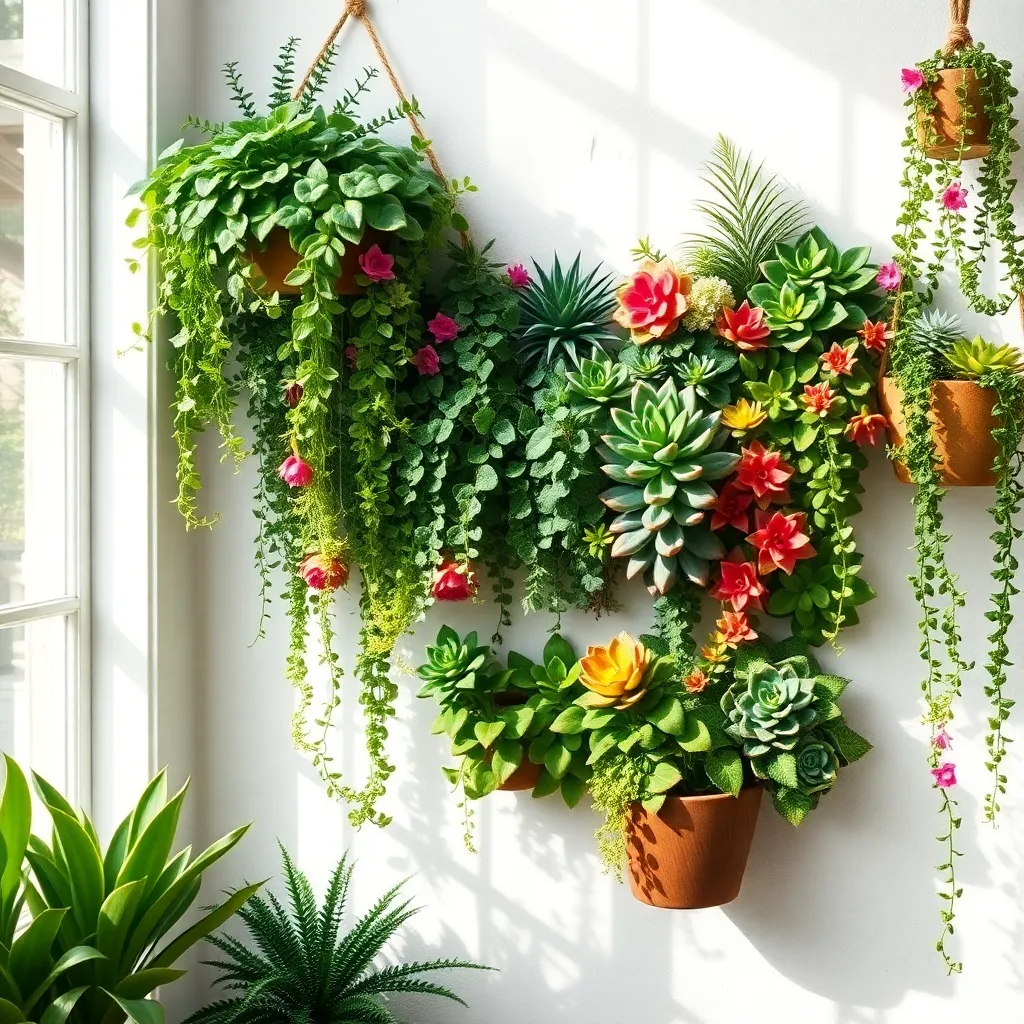
Designing a vertical wall garden is a wonderful way to maximize space and bring greenery into your home. Start by selecting a location that receives adequate light, as most plants will thrive with at least some indirect daylight.
Choose plants that are well-suited for vertical growth, such as ferns, pothos, or succulents. These options are low-maintenance and adapt well to various environments, making them ideal for your indoor setup.
For a vertical garden, using a lightweight potting mix is crucial to ensure proper drainage and prevent waterlogging. Incorporate materials like perlite or coconut coir into your soil blend to maintain aeration and moisture balance.
Watering can be tricky in vertical gardens, so consider installing a drip irrigation system for consistent moisture. Alternatively, you can manually water your plants as needed, paying special attention to the topmost plants, which tend to dry out faster.
To enhance your garden’s aesthetic, experiment with different plant textures and colors. This approach not only adds visual interest but also allows you to explore various plant care techniques, enhancing your gardening skills further.
Building a Self-Watering Planter
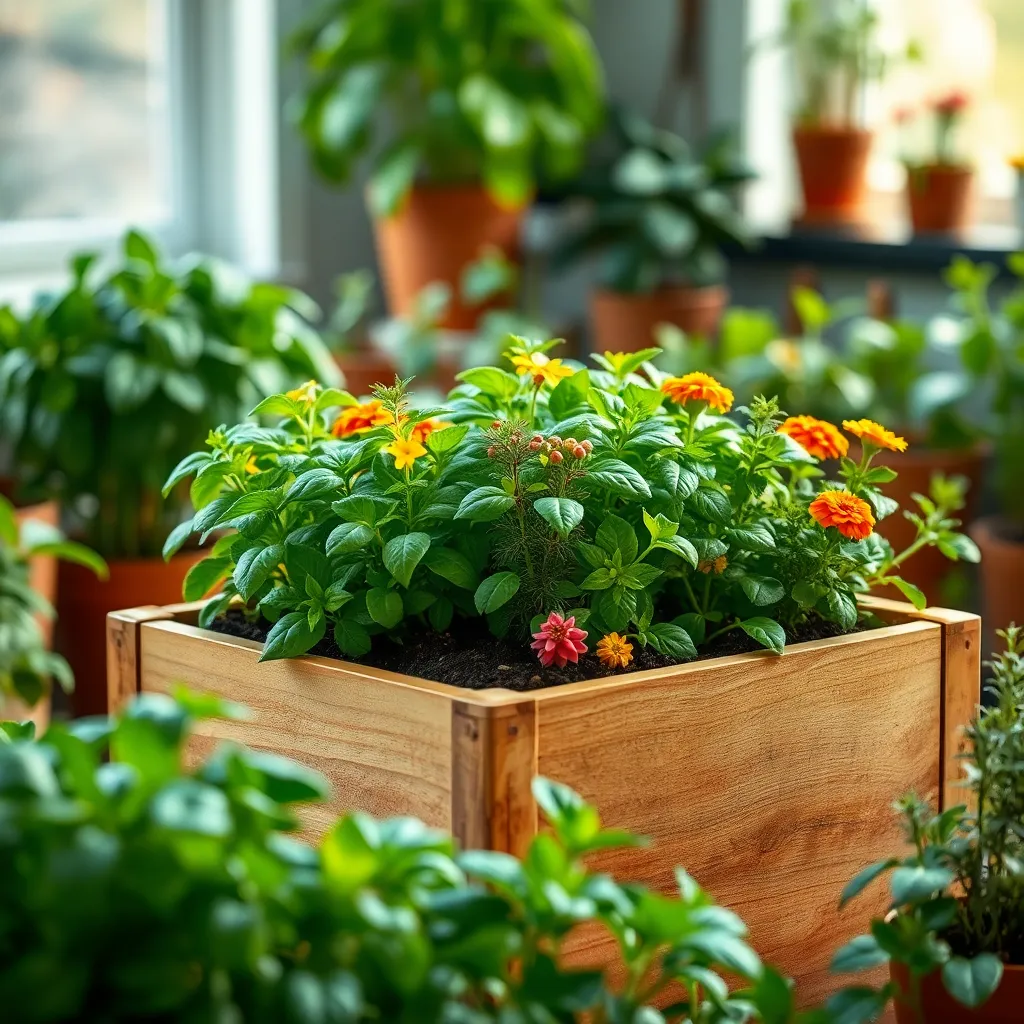
Creating a self-watering planter can simplify your indoor gardening routine significantly. To start, gather a large container, a smaller pot, a wicking material such as cotton rope, and potting soil rich in organic matter.
Begin by drilling a hole at the bottom of the smaller pot and thread the wicking material through it to allow water absorption. Place this pot inside the larger container, ensuring there’s space at the bottom for water—approximately one inch is ideal.
Fill the smaller pot with a well-draining soil mix, ideally one containing perlite or vermiculite to promote aeration. Choose plants that thrive in consistent moisture, such as herbs like mint or basil, which will benefit from the steady water supply.
For advanced gardeners, consider adding a small float indicator to monitor water levels easily. This simple addition can help prevent overwatering and maintain optimal growing conditions for your plants.
Setting Up a Hydroponic System
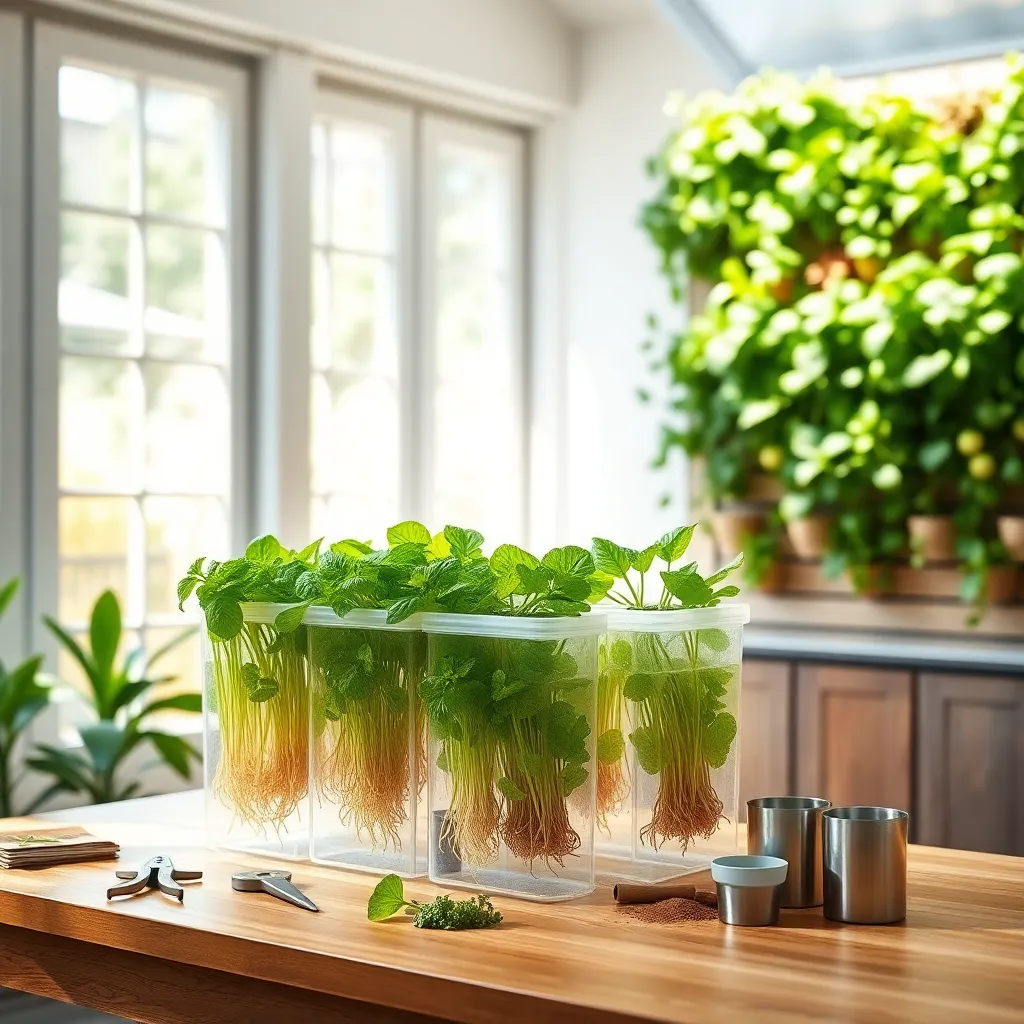
For those looking to grow plants indoors without soil, setting up a hydroponic system is a rewarding project. Hydroponics allows you to cultivate plants like lettuce, herbs, and tomatoes using a nutrient-rich water solution.
Start by choosing a system type—such as deep water culture or nutrient film technique—that suits your space and needs. Ensure proper lighting by using LED grow lights, which mimic sunlight and are essential for photosynthesis.
To maintain a hydroponic garden, monitor the pH level of the water, keeping it between 5.5 and 6.5 for optimal nutrient absorption. Regularly test and adjust the nutrient solution to provide balanced nourishment for your plants.
For beginners, starting with a small, pre-made hydroponic kit can simplify the process. As you gain experience, consider customizing your setup to include advanced features like automatic timers for lights and pumps.
Utilizing Smart Grow Lights
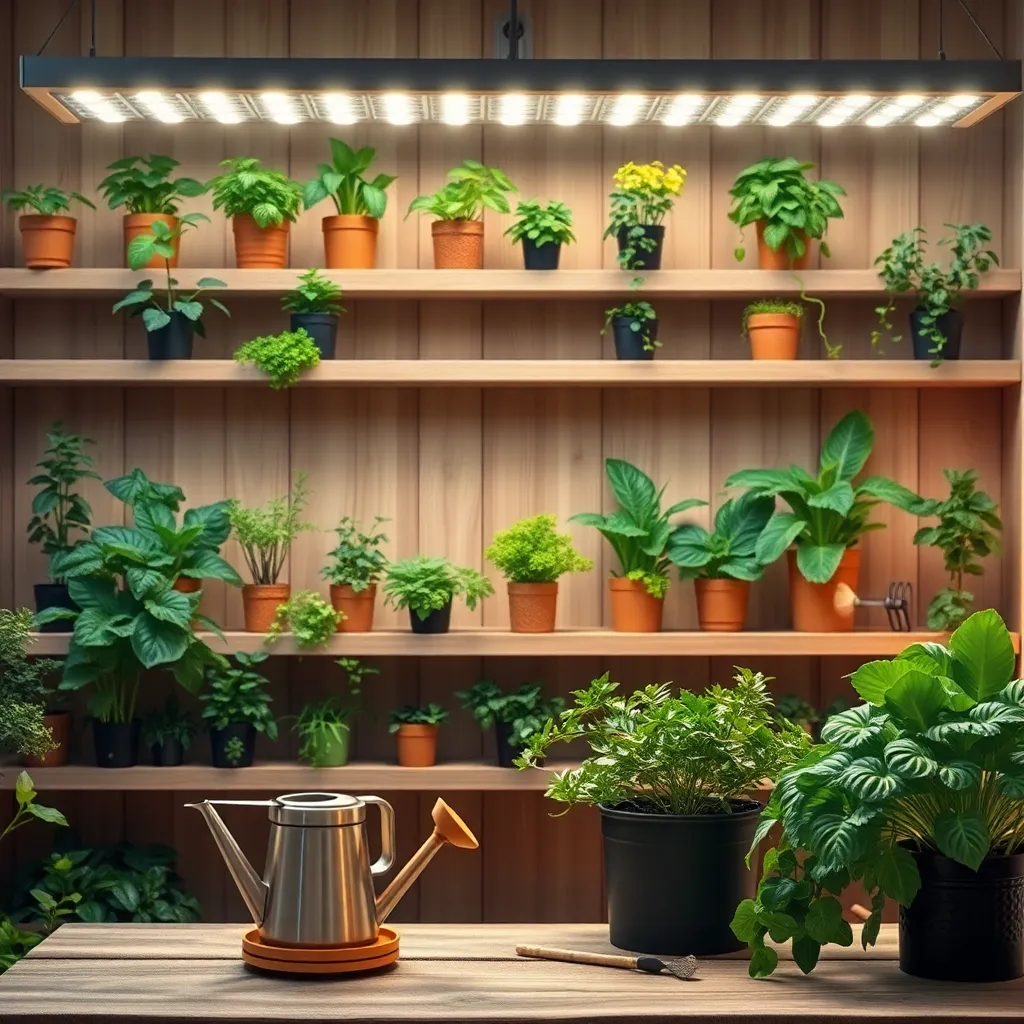
Smart grow lights are an excellent investment for indoor gardeners looking to optimize plant growth. These lights mimic natural sunlight, providing the necessary light spectrum to promote strong, healthy plants even in rooms with limited natural light.
When choosing a smart grow light, consider the specific needs of your plants, such as light intensity and duration. Most houseplants, like herbs and leafy greens, thrive with 12 to 16 hours of light daily, which can be easily programmed on these devices.
For beginners, LEDs are typically the best choice due to their energy efficiency and adjustable spectrum. They generate less heat than traditional bulbs, reducing the risk of overheating or scorching your plants, which is crucial for a safe indoor setup.
Advanced users can experiment with customizing light cycles to mimic seasonal changes, encouraging flowering and fruiting in more complex plants. This feature can be particularly beneficial for species like tomatoes or peppers, which require specific light conditions to bloom and produce fruit.
Crafting a Succulent Terrarium
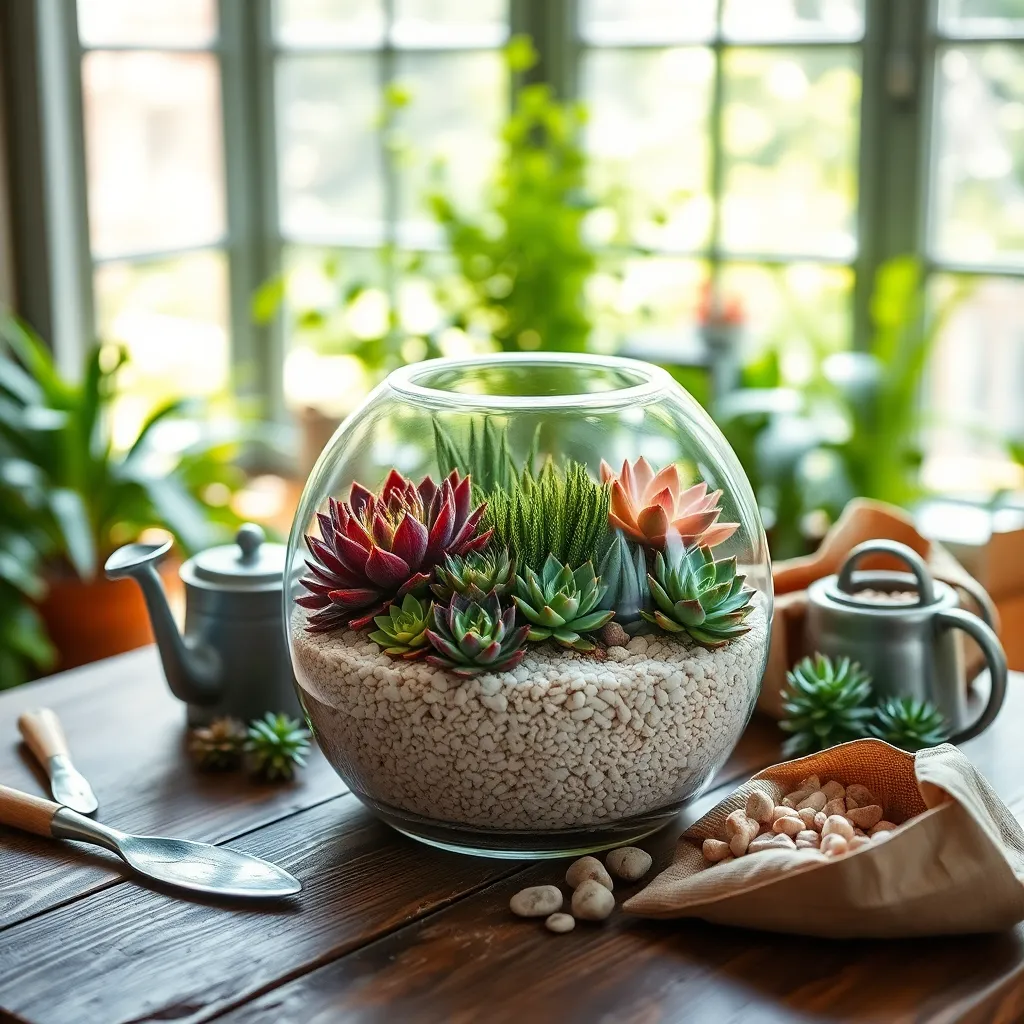
Creating a succulent terrarium is a wonderful way to bring a touch of greenery into your home with minimal maintenance. Begin by selecting a clear glass container, as this will allow light to reach the plants and keep the design visually appealing.
Choose a well-draining soil mix specifically designed for succulents to prevent root rot. To further enhance drainage, add a layer of small pebbles or gravel at the bottom of the container before adding the soil.
When selecting succulents, opt for a variety of shapes and colors to create an interesting composition. Ensure that the plants you choose have similar light and water requirements to simplify care and maintenance.
Position your terrarium in a spot that receives bright, indirect sunlight. Water sparingly, typically every two weeks, allowing the soil to dry out completely between waterings to mimic the arid conditions succulents thrive in.
- Use a spray bottle for precise watering to avoid over-saturating the soil.
- Rotate the terrarium occasionally to ensure even light exposure for all plants.
- Prune any dead leaves regularly to keep your terrarium looking fresh and healthy.
Conclusion: Growing Success with These Plants
As we explored the ‘7 Smart Indoor Gardening Projects,’ we uncovered key relationship concepts: nurturing growth, embracing patience, fostering communication, cultivating creativity, respecting individuality, practicing resilience, and celebrating achievements. Each project served as a metaphor for aspects of a thriving relationship, emphasizing the importance of tending to your emotional garden with care and intention.
Now, take the next step by choosing one project that resonates with you and your partner. Set aside time this week to embark on it together, using it as an opportunity to deepen your connection while enjoying the shared experience. As you nurture your indoor garden, let it be a reminder of the love and effort you pour into your relationship.
Bookmark this article as a handy guide for whenever you seek inspiration or a gentle reminder of the principles that fortify your bond. By keeping these concepts at the forefront, you’re not just cultivating plants, but the seeds of a flourishing partnership.
Looking ahead, remember that relationship success is a continuous journey, much like gardening. With dedication, openness, and love, your relationship can blossom beautifully, standing the test of time. Embrace this ongoing adventure, knowing that every effort you make is a step towards a more fulfilling and harmonious future together.

